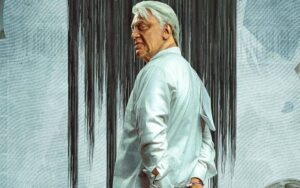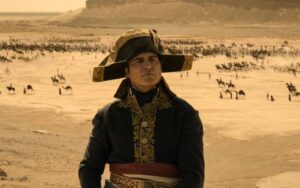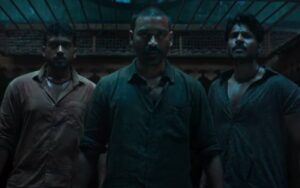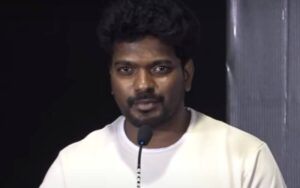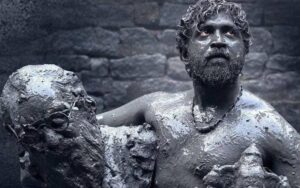‘D & D’ makers used nature for reference to create fantasy creature Owlbear
In the film, a druid character called Doric possesses the power to transform herself into any shape that she chooses. Initially, when she finds herself in a situation where she has to assume the form of an impressive beast to protect a member of her adoptive Elven tribe, she wisely choses the form of an owlbear.

The makers of the now immensely successful fantasy adventure film, ‘Dungeons and Dragons: Honor Among Thieves’, say that they took reference from nature to create one of the film’s most impressive characters, the owlbear.
One of the most feared predators in the world of Dungeons and Dragons, the owlbear is exactly what it sounds like — a cross between a giant owl and a bear, standing between eight and 10 feet tall.
In the film, a druid character called Doric possesses the power to transform herself into any shape that she chooses. Initially, when she finds herself in a situation where she has to assume the form of an impressive beast to protect a member of her adoptive Elven tribe, she wisely choses the form of an owlbear.
The filmmakers turned to nature for the reference they needed to invent the creature. Having taken reference from nature, they used state-of-the-art visual effects to bring it to life on screen.
Months were spent refining the creature’s design. “The directors were very keen to anchor this into reality, so we got lots of pictures of snowy owls, and then, we actually were able to borrow an owl as a reference,” says visual effects supervisor Ben Snow, a four-time Academy Award-nominee whose credits include Star Wars: Episode II – Attack of the Clones and Avengers: Age of Ultron.
On set, the filmmakers held up a cardboard cutout of the owlbear’s head affixed to a pole, allowing the actors to see how tall the creature would be—so that their eyelines would be correct in the final sequence. Then, a stuntman, dressed in a white costume, performed the same actions as the owlbear as it attacks Forge’s forces; his movements were later replaced digitally with the CG creature by visual effects artists working at Industrial Light and Magic (ILM).
“It’s helpful to have something that will tell the animators and the editors [what the action should look like],” Snow says. “You actually see a guy go through the motions.”


